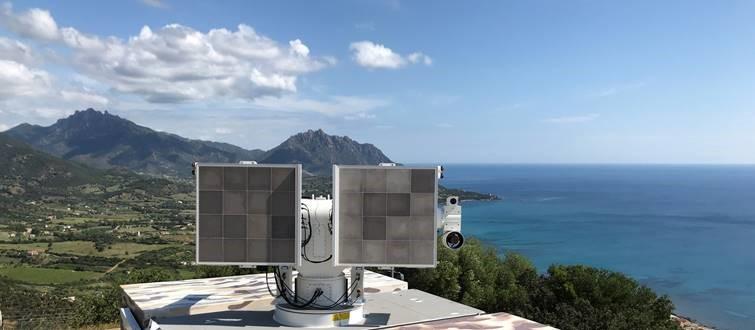

Weibel radar in operation during Italian space trial
April 30, 2020
Italy was the first nation to detect the object, and the capabilities of Weibel’s Multi-Frequency Doppler Radar made it possible to fast and accurately predict the return of the object. These data were then shared with other European nations. Italy considers this capability as a strategic asset. The ability to detect, track and monitor space debris, analyze the data and build an overview of “what is out there” is crucial to future space efforts – to avoid collisions and to predict fallout and impact areas when objects return from space. This is critical to the future Space Situational Awareness (SSA) capability, which is a cornerstone of EU’s major focus on building space capabilities. The exact same technology provides unique value to ballistic missile defense; the radar is able to track incoming missiles at ranges far beyond 2000 km, provide target data, make kill assessment and help predict debris fallout.
